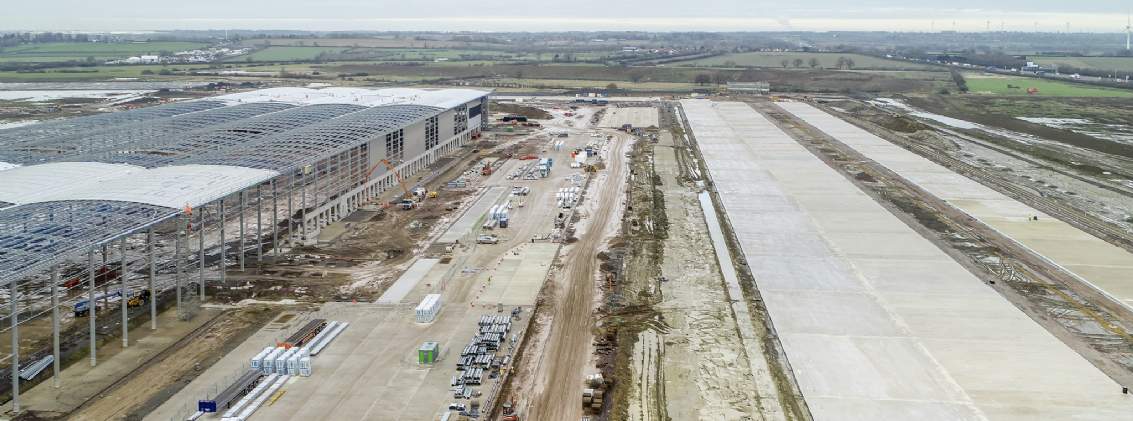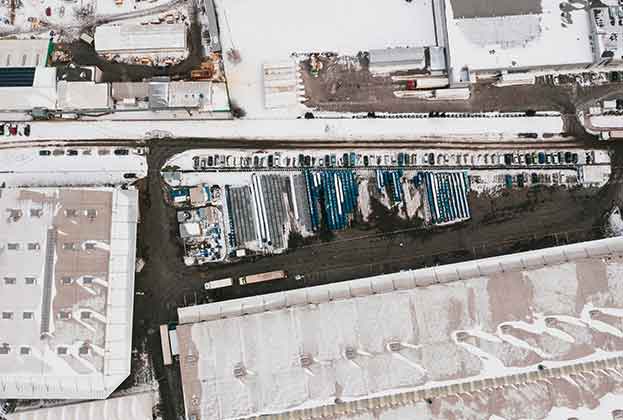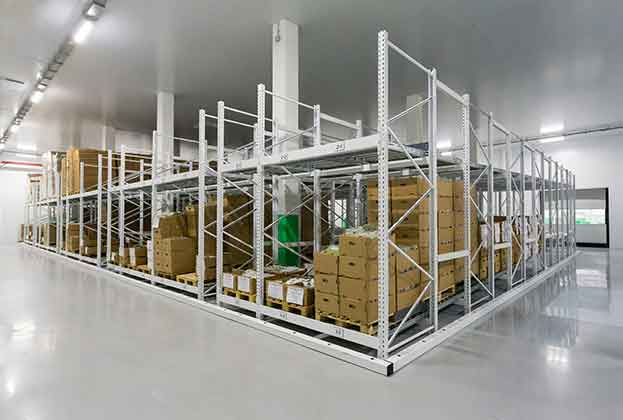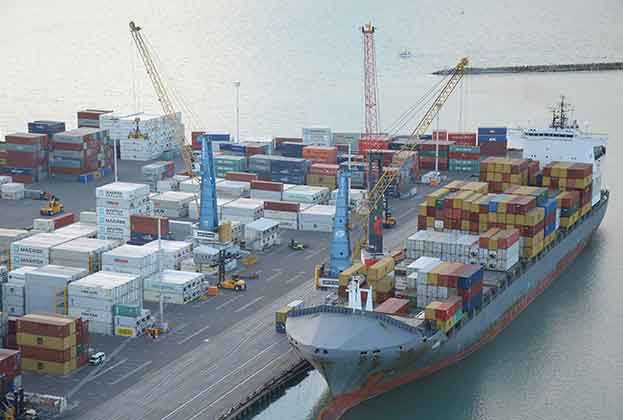Over the last month stories have emerged detailing issues with the supply of a number of key materials used in the construction of warehouses. Globally, a perfect storm has emerged as the demand for raw materials has surged as lockdown restrictions have ended.
Manufacturers, however, are still playing catch up having potentially furloughed workers and reduced production. What’s more, for a short period British Steel also stopped accepting new orders, only to reverse the decision while simultaneously raising prices by £100 per tonne, the second price rise in over a month.
Concurrently, the supply chain is also having to contend with a number of other external issues, such as the increase in container shipping rates from China, delays from the Suez Canal blockage, new UK border arrangements and even a recent warehouse fire at a major cladding supplier.
With cladding suppliers now advising a lead time of 10 months, up from three to four months in normal circumstances, what does this mean for the warehouse market?
Over the past 12 months demand for warehouse space has surged. 2020 saw take-up levels reach a new record of 50.1 million sq ft. This has continued into 2021 with Q1 take-up 34 per cent above the long-term average. Requirements too are rising: our data shows a 223 per cent increase over 12 months, 33 per cent of which is for units over 500,000 sq ft. In the meantime, supply levels have fallen to just over 30 million sq ft, reflecting a vacancy rate of 5.3 per cent, the lowest level since our records began. Of the available supply just 35 per cent is grade A, the lowest since 2015.
12.98 million sq ft of speculative projects have since been announced, due for delivery in 2021 and 2022. While larger developers with established supply chains may have some insulation from the wider issues, it’s possible that a number of these projects will be delayed and pushed back.
Let's say there is a three to six-month delay on these projects in the second half of the year, along with a similar level of take-up for speculative units as witnessed over the past 18 months. This, again, could see supply fall to its lowest level since 2015, when just 0.5 per cent of warehouse stock was new.
Given the strong levels of take-up from occupiers, it’s highly likely that vacancies will contract further hitting record lows, pushing up rents. There is, therefore, a strong case to suggest that the latest rental growth forecasts from RealFor, at 2.8 per cent for 2021, will be eclipsed as occupiers compete for the few buildings that are available.
For larger requirements occupiers may be left with little option but to consider build-to-suit alternatives, as this will mean the early placement of orders for construction materials, which should guarantee project starts. This, however, will not be without further cost implications as lease lengths continue to increase, now at an average of 18 years.
With this in mind, occupiers must plan ahead to secure the space they need as, in the short-term at least, supply may be hampered by forces beyond the sector’s control.
Further information
Savills Spotlight: Big Shed Briefing


.jpg)





.jpg)

.jpg)